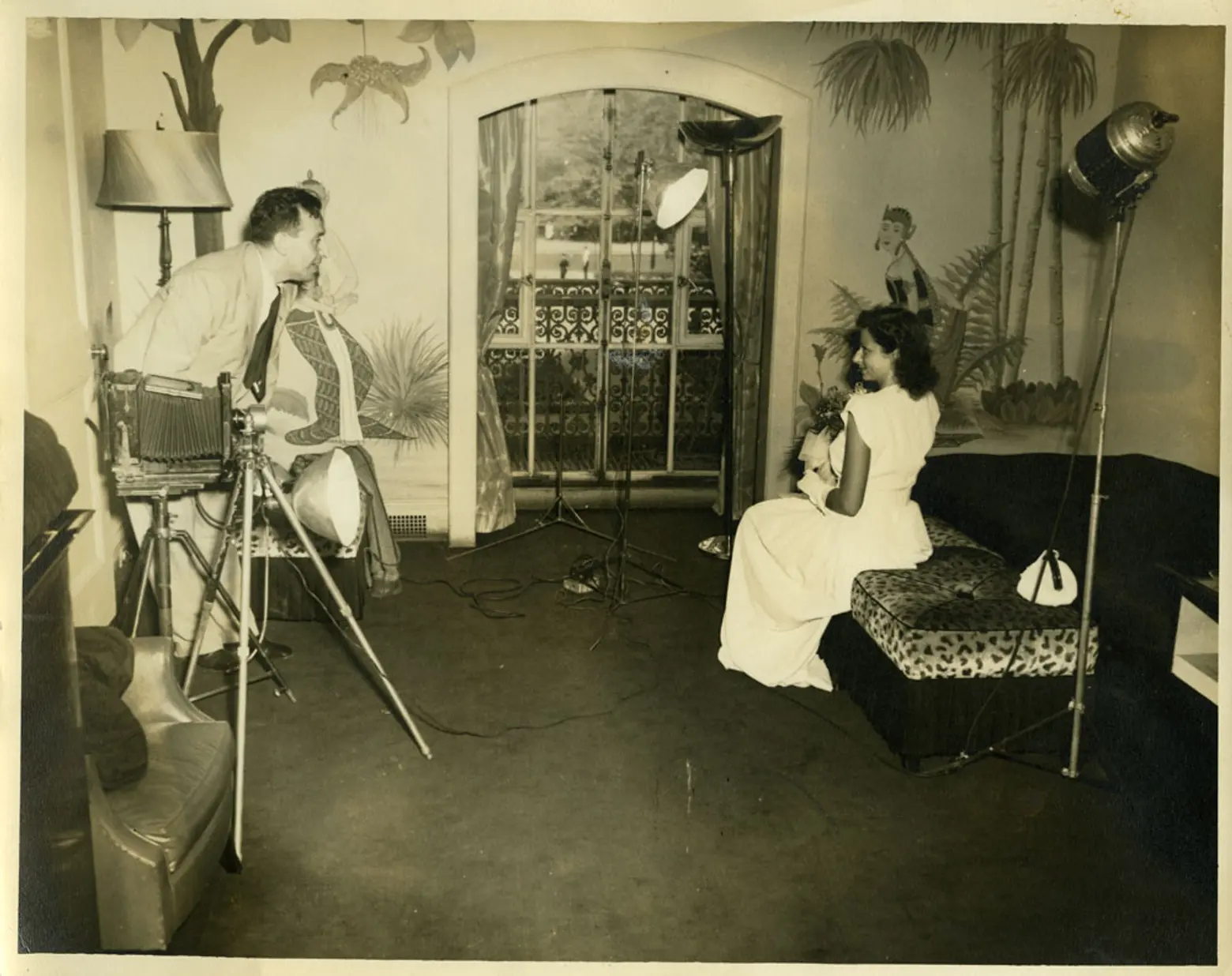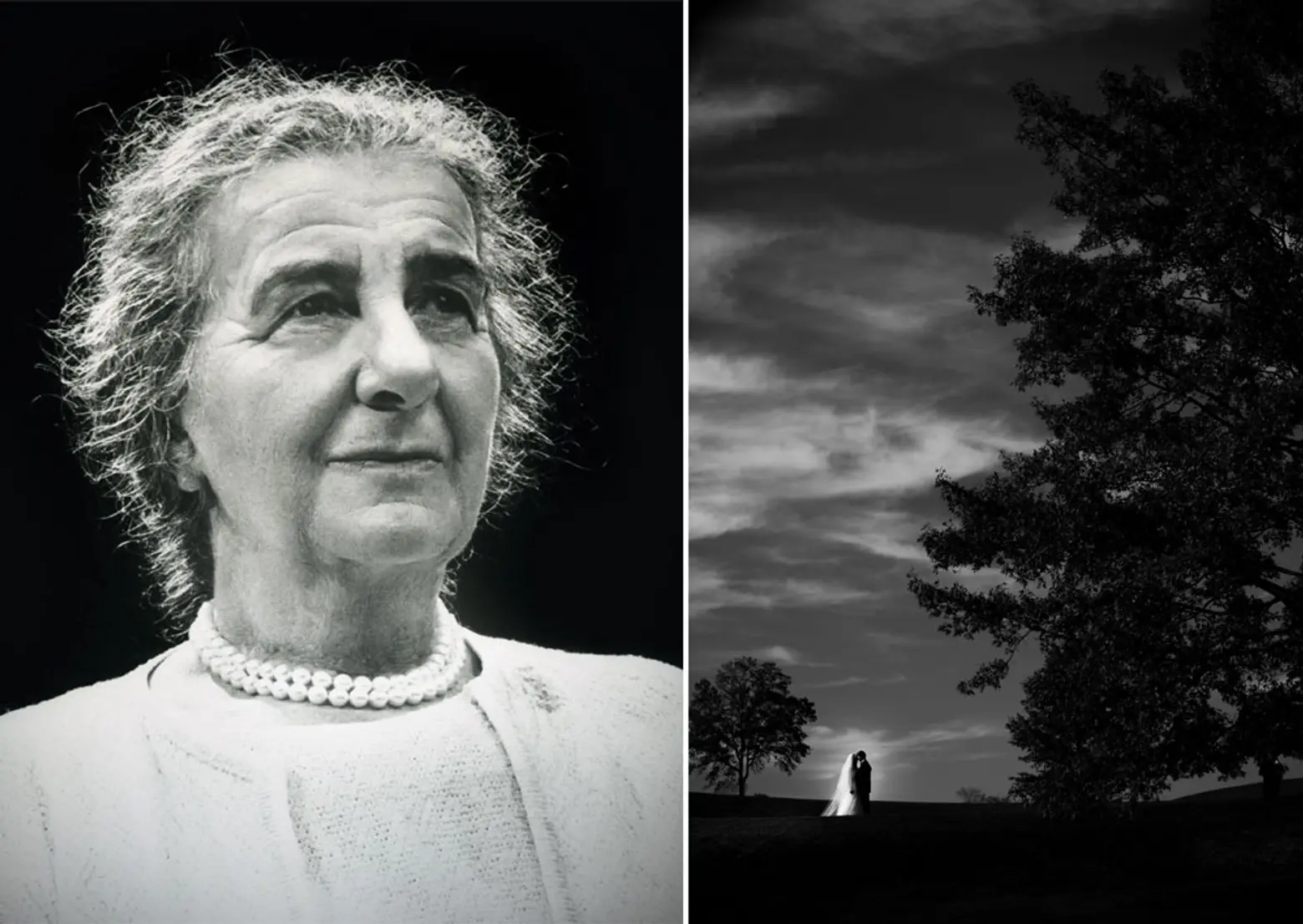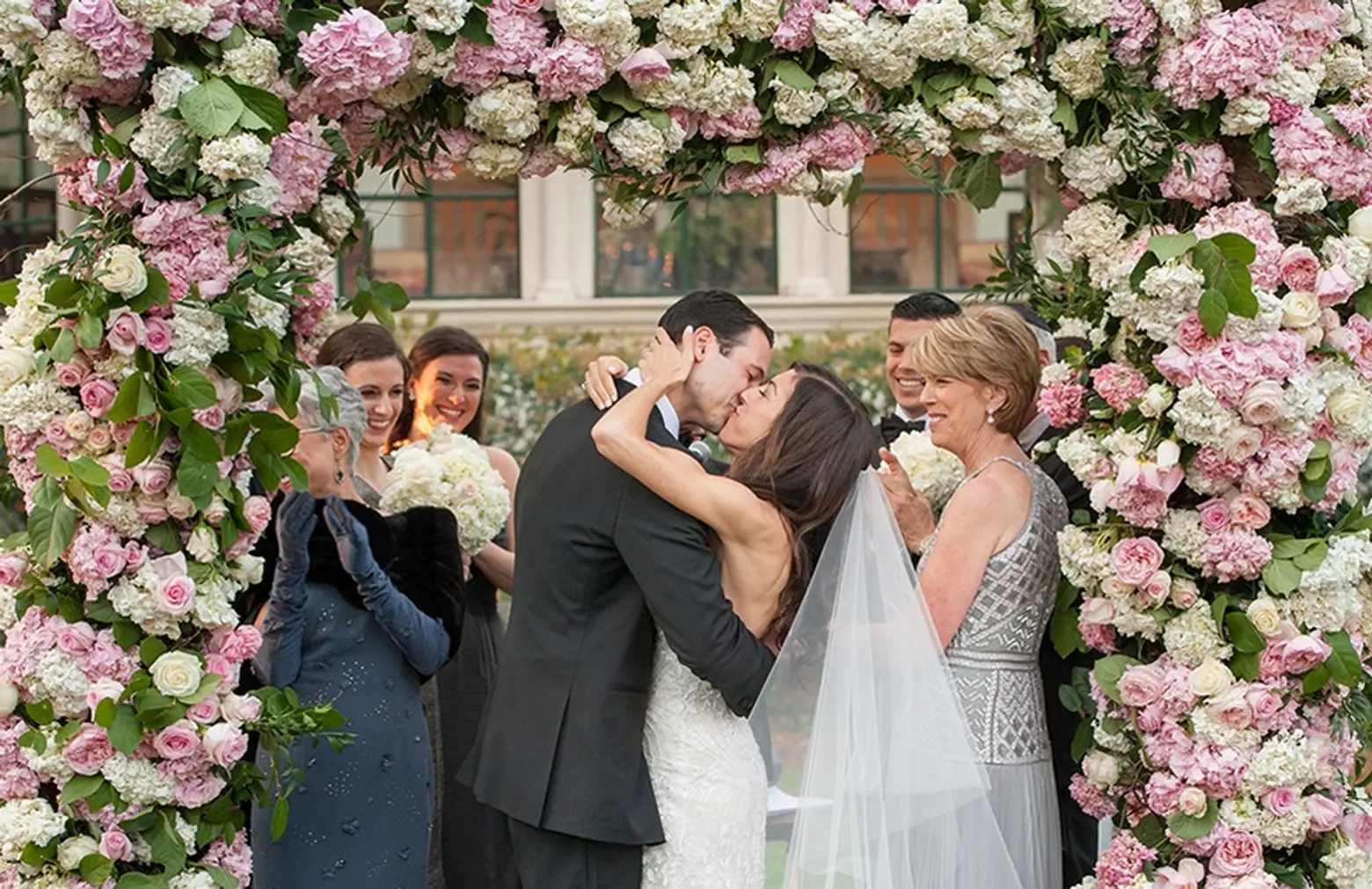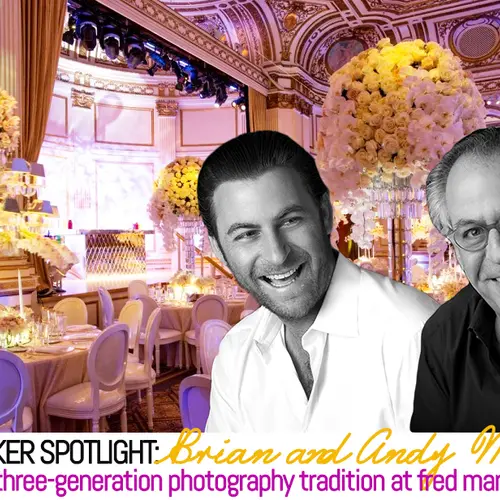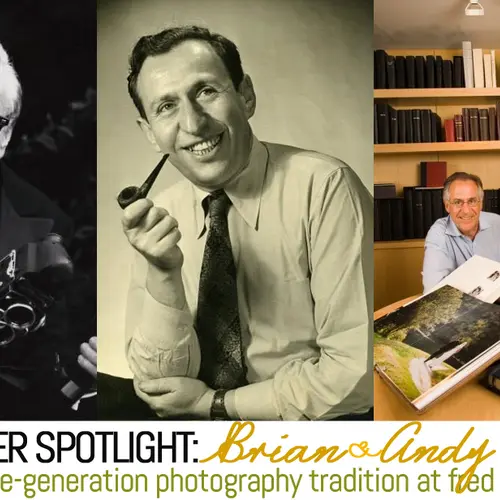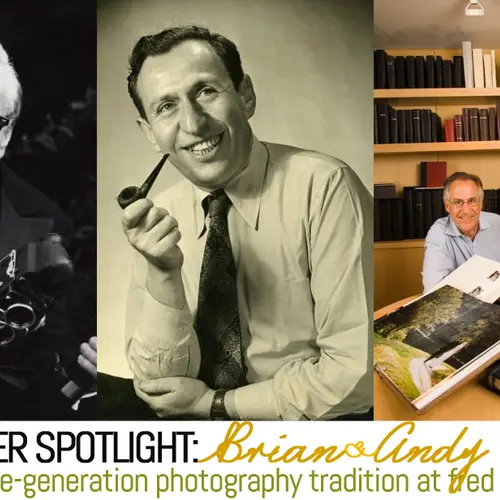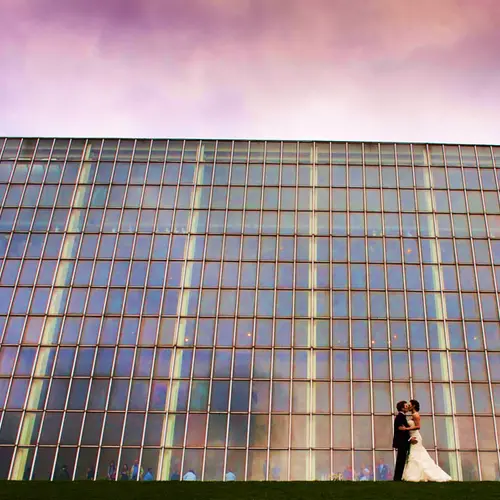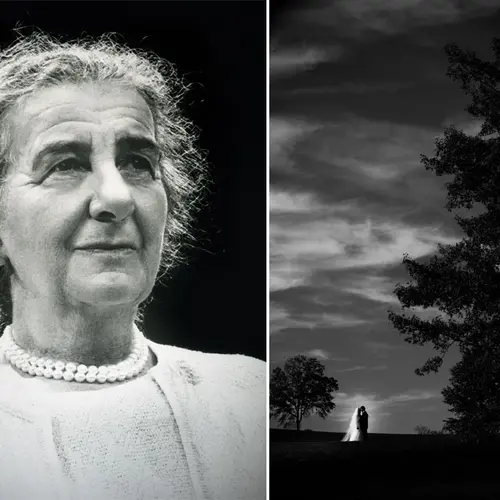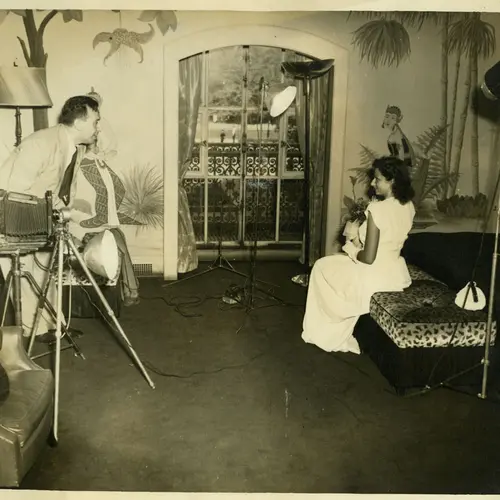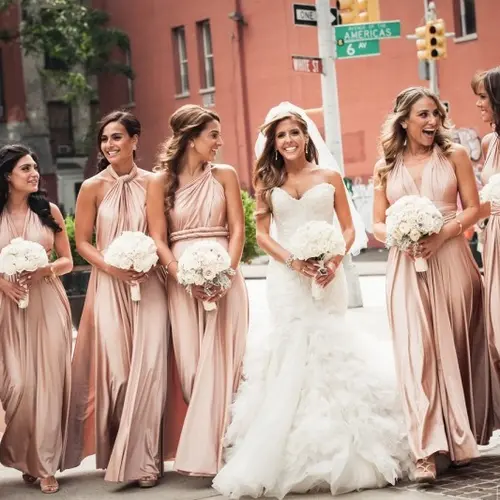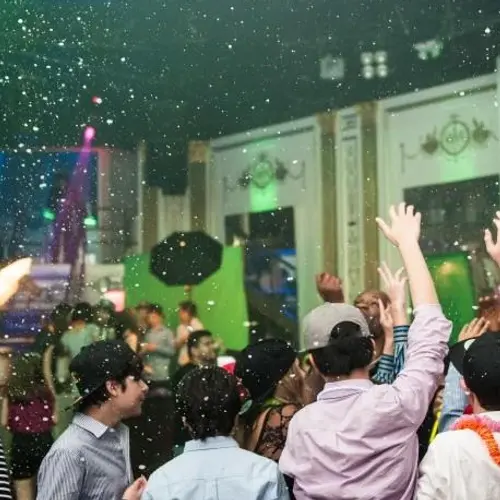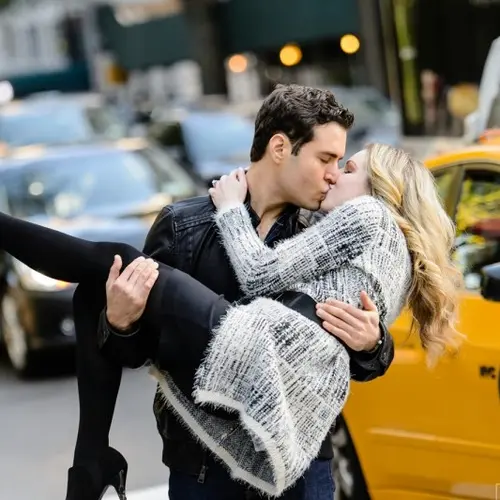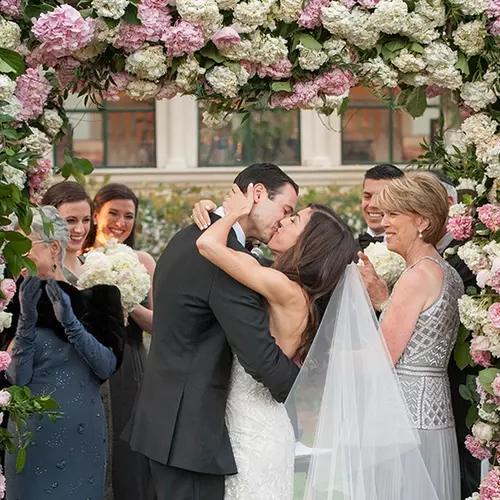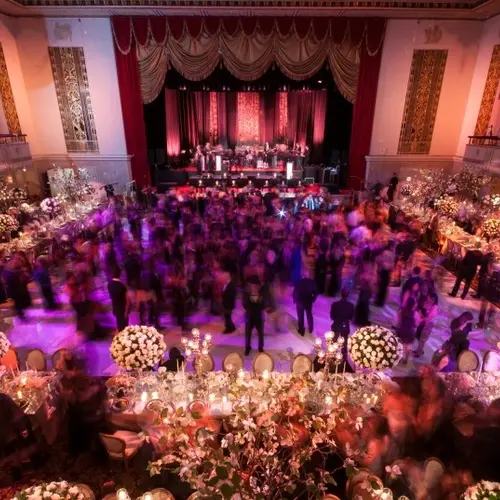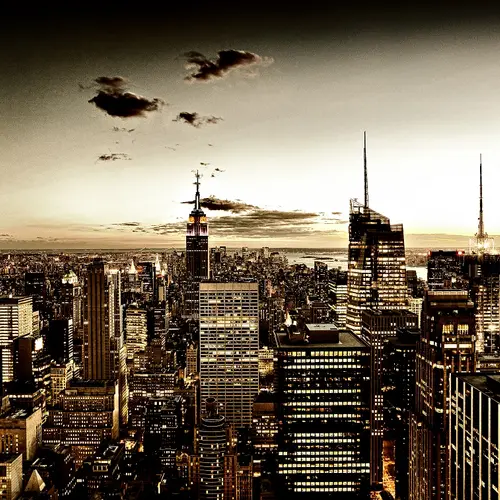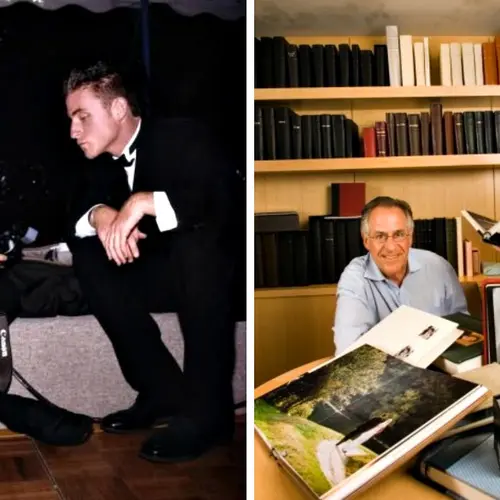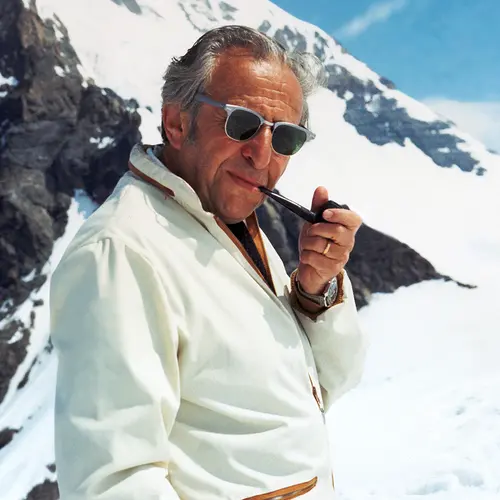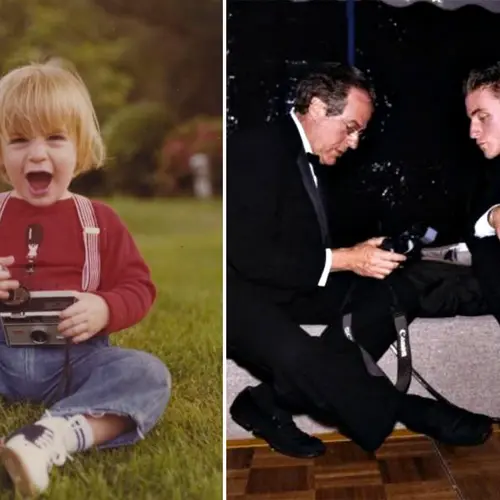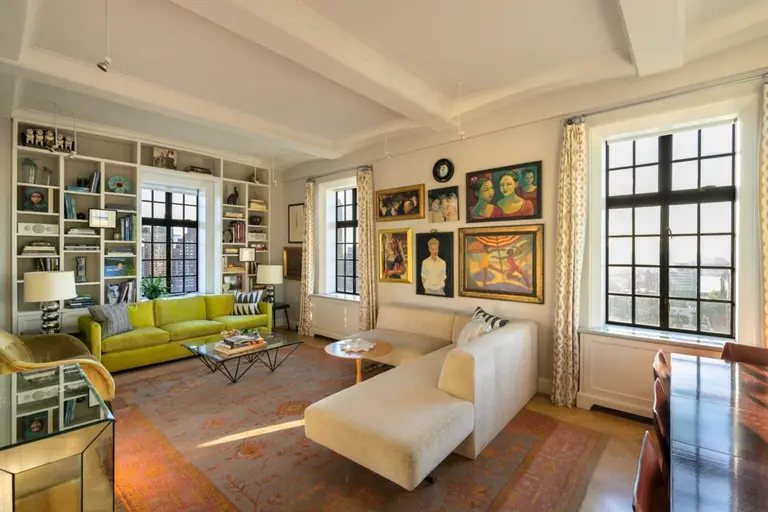New Yorker Spotlight: Brian and Andy Marcus Carry On a Three-Generation Photography Tradition
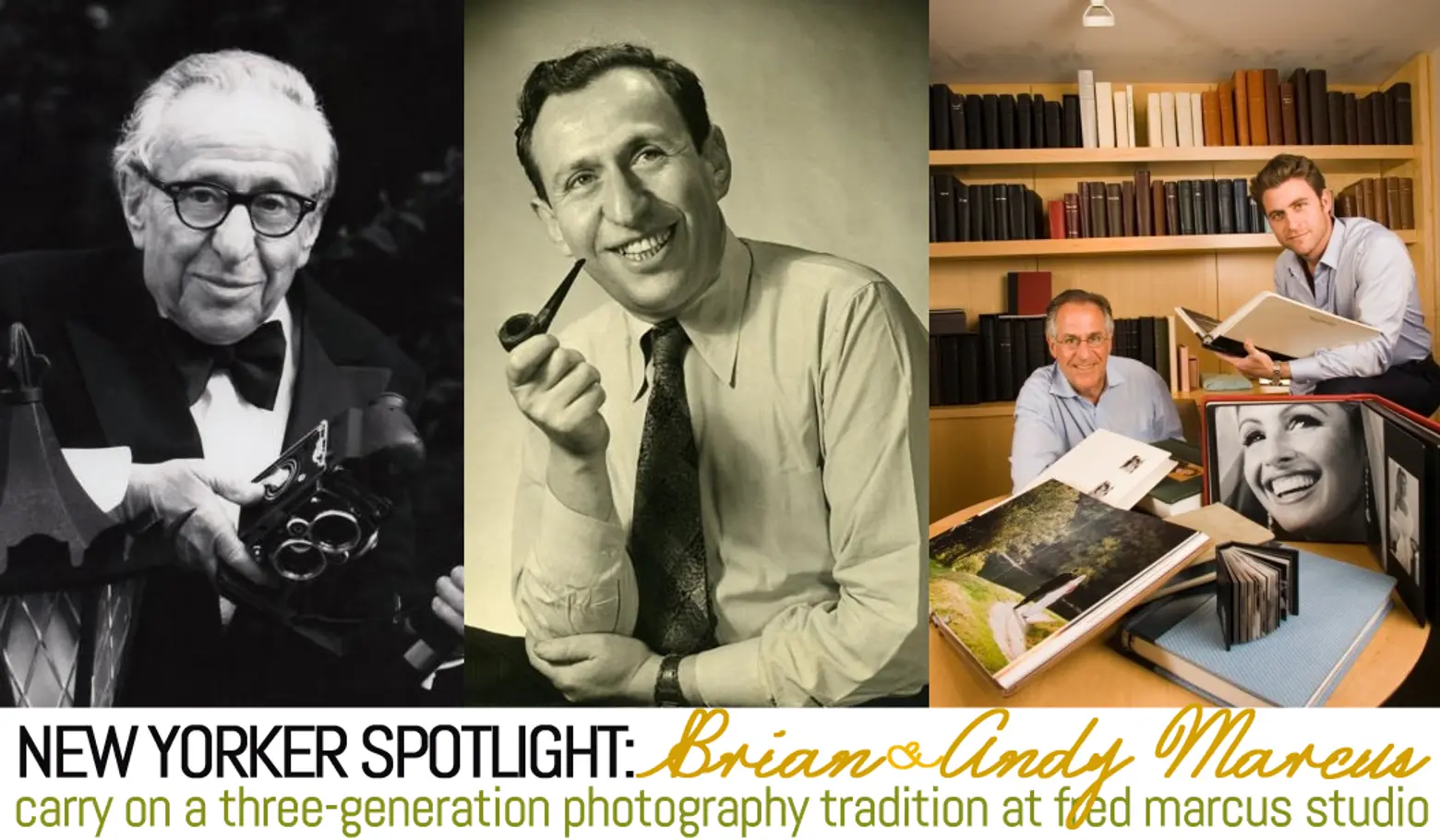
May marks the beginning of wedding season, and for many of us that means attending multiple affairs in a short time frame. For father-and-son photography duo Andy and Brian Marcus, multiple is an understatement. Between now and November, they’ll be watching many brides walk down the aisle, they’ll capture that moment when grandma goes wild on the dance floor, and most importantly, they’ll document those romantic glances between the newlyweds. The Marcus men are carrying on a photography legacy started by Fred Marcus, Andy’s father and Brian’s grandfather, who opened Fred Marcus Studio in 1941 on the Upper West Side.
What began as a small photography studio has grown extensively over the years, becoming not only a sought-after company for baby, bar and bat mitzvah, engagement, and wedding photography, but also a tradition in many New York families. Andy grew up around the studio, began working there after college with his father Fred, and later took over the business. Brian, who’s beginning to take over from Andy, is not only carrying on a family business, but doing so at a time when few young people can say they work at a business their grandfather started. The family-oriented nature of the business extends to the clients; it’s not uncommon for the Marcus men to have photographed the grandparents’ wedding, then their children’s milestones, and now their grandchildren.
We recently stopped by the studio and spoke to Andy and Brian about carrying on a family legacy and what it takes to capture all the excitement and intimacy of a wedding.
Fred Marcus Studio is now in its third generation. Can you share how the business began?
Andy: My father was in the sportswear manufacturing business in Germany. When he was about 33, he was in the concentration camp Buchenwald. One of his workers got him out and got him a ticket to go to Cuba. All he had with him besides a few pieces of clothes and belongings was his camera. He got to Cuba in 1939 and lived there for two years, and to make a living he actually took photographs, developed them at night, and sold them the next day.
In 1941, he was able to come to the United States. He went to Stanford University to learn English. They put him in the army because he spoke German, Spanish, and English, and they were going to send him abroad, but he broke his heel and it put him out of commission. He wound up moving to New York and opened the studio on the Upper West Side. It might have been right next door at that time, but it’s been in this exact location for over 65 years. He started off in the basement of the building, and then he met my mom and they got married. The studio started off small doing portraits of children, but then the children grew up and they had bar mitzvahs and weddings. The quality of the work was very important to my father.
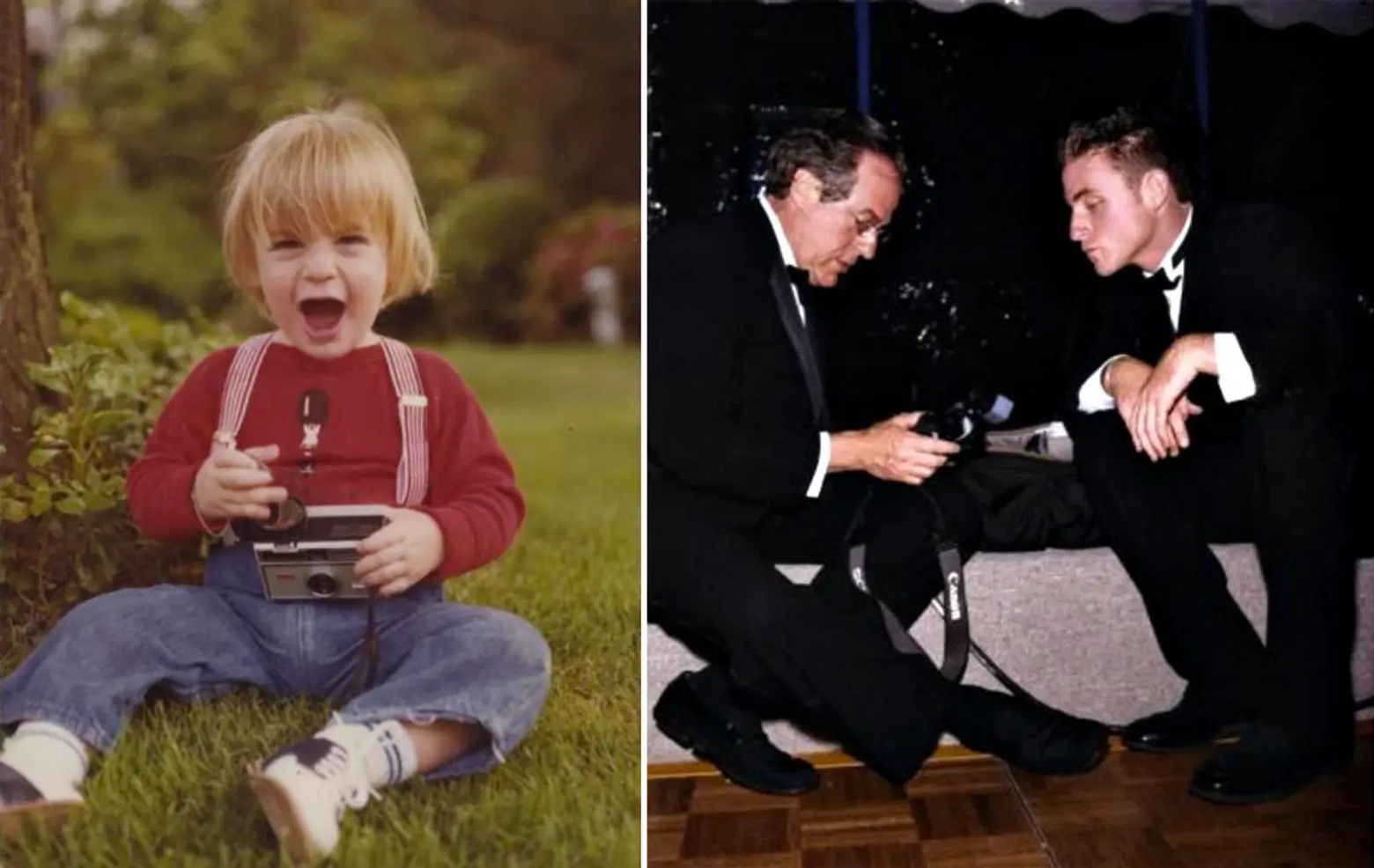
Andy, you are the second generation of your family to work in the business and Brian, you are the third. Why did you each decide to join the studio?
Andy: I started off studying engineering at City College. I didn’t last long in the engineering department and graduated with a bachelor’s of science in Economics. I had worked for my father since I was 13-years-old. Little by little, I learned to take photographs. My father had me numbering photographs and learning and watching. When I graduated college, I really enjoyed it, so I came here. I’ve always loved it.
Brian: My story is similar. I also never had serious formal training. I assisted when I was 14- or 15-years-old. I actually graduated from Emory University with a B.A. in film. I was always into visual art, video, and editing, so I moved out to Los Angeles and worked in the film industry for three-and-a-half years. To make more money, I used my photography skills out there as well. I loved what I was doing, but it was going to take five or ten more years to get where I wanted to be, and I wanted to start my life. I came back to the studio and learned and within a couple of years everything clicked.
The studio was a big part of both your childhoods. Do you have any memories that stand out?
Andy: I grew up in the business. It was very small when my father first started. I grew up in Riverdale, which at that time was like living in Nebraska. My room was actually next to our dining room table. My father used to come home and make phone calls and I would listen to his shpiel and how he’d schmooze with the clients. It was all about how he build relationships, which kind of became ingrained in me.
Brian: My story is very similar here, too. Both my dad and I really learned everything by caring and doing it. I remember numbering proofs as an intern. One of the big differences over the last few years is transitioning from film to digital. I remember not so long ago we’d have 12 shots per role of film. Based on the fact that we shoot thousands of photos for weddings, just imagine how quickly we needed to change the film and put it back on the camera. That type of training teaches you to be really focused on the small details and to perfect your craft. In that moment, it’s the most important thing.
The 2015 wedding season is just getting started. How busy does it get over the next few months?
Andy: Last week Brian started on Thursday and ended on Sunday night. It was nonstop, and he went from Maryland to New York.
Brian: It’s really busy now. We had a good winter, but this October/November we probably have 80 parties. Over the last few years, because of the weather, we’re seeing so many less people having parties in the winter. It fills up the dates in other seasons. We must have had 25 phone calls for October 10th this year. But if you are booking a year in advance you’re okay.
When photographing a wedding, how much of it is about capturing the spontaneity?
Andy: It’s about capturing moments as they happen, not just taking photos. Anybody can take a picture, but it’s about capturing the right moment when it’s only there for a second. To be a good photographer, you have to anticipate that moment when someone’s going to cry or when the groom is going to dip the bride during the first dance. You want to make sure you’re there for the emotional moments of a wedding. It’s all spontaneity, but it’s also anticipating from your experience. It’s not about the quantity, it’s more about the quality of the photographs.
Brian: I think what we’re really known for is a balance of photo-journalistic, candid photos and beautiful family pictures. For me, the reason people are attracted to what we do is because they can lean on us for guidance and also to ensure there’s a structure that flows properly. The ability to make people feel comfortable really quickly is definitely a talent. There’s an energy that we bring to the day that’s evident in all our photographers. We have a really nice balance of beautifully done pictures that you know you need and the shots where we have the ability to get creative.
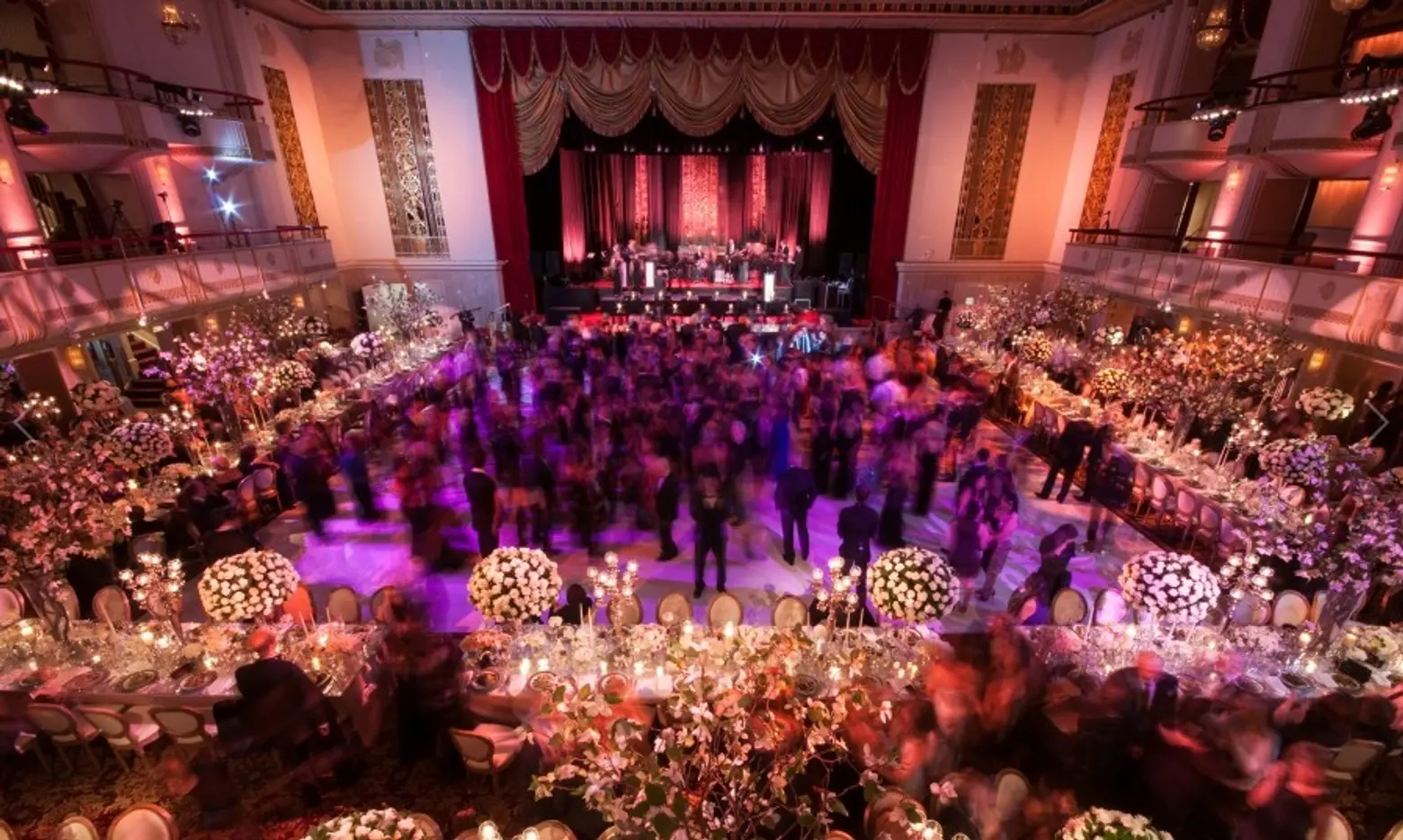
Wedding at the Waldorf Astoria
You’ve had the opportunity to photograph all over New York. What’s it like to work at iconic venues like the Plaza, the Pierre, and the Waldorf?
Brian: These are beautiful locations with interiors and exteriors that work for us. I would say the Pierre and the Plaza are our second homes. Even the waiters know our names. I got married at the Pierre, and they were all at the wedding.
Andy: It’s like a family. We work as hard for any wedding, but these are special places.
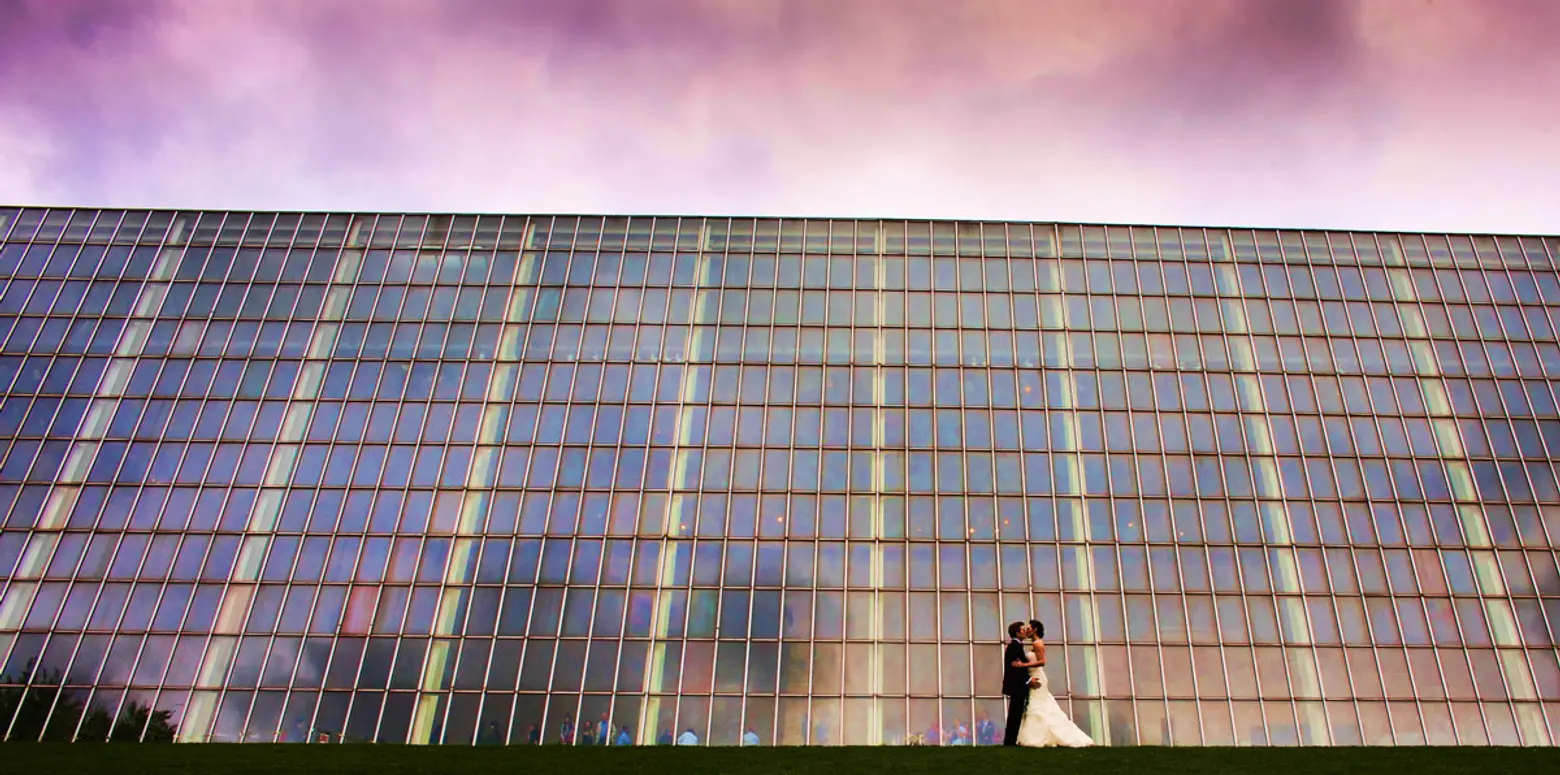
What are some of the most interesting or unique venues at which you’ve worked?
Andy: There are crazy venues in the city. People are always looking for new and different, and there are also different types of brides. There are downtown brides who want the cobblestones and others who want the elegant and beautiful Plaza, Pierre, St. Regis experience. But what determines a lot of the choices, is the size of the wedding.
We’ve photographed events at the Museum of Natural History under the whale. The New York Public Library is cool for parties. There are a lot of these bank buildings used for events. We did a tented wedding at Rockefeller Center on the ice rink. I’ve gone to parties on rooftops. The Rainbow Room is really pretty. The Four Seasons restaurant where they cover the pool in the pool room, and then the wedding is held on top of it, is very beautiful. Cipriani Wall Street is architecturally spectacular with high ceilings.
Brian: We do a lot of destination weddings, too–in the Bahamas, Dominican Republic, Tuscany, Mexico, and Israel.
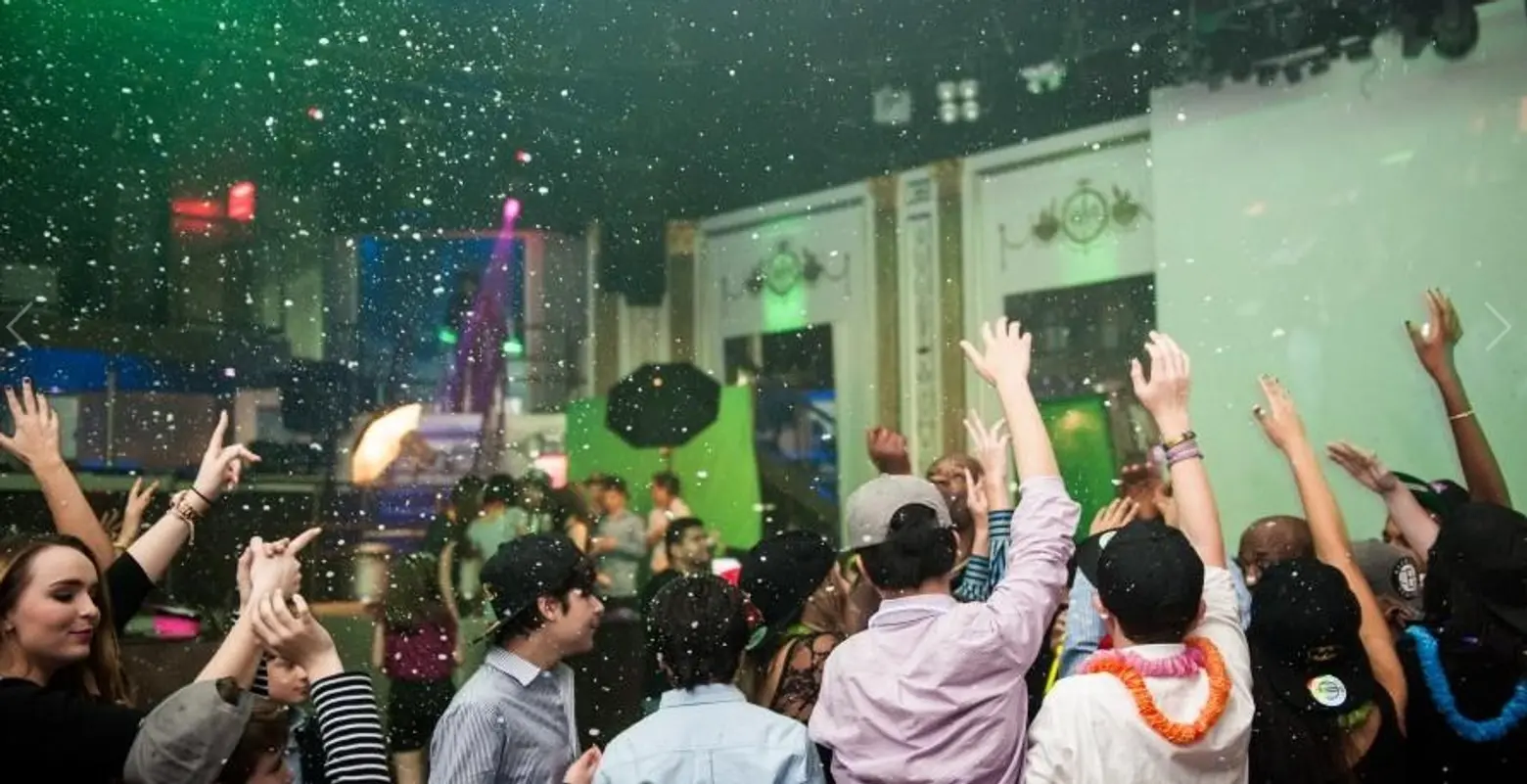
A bar mitzvah
How frequently do you photograph multiple generations of the same family?
Andy: My father would do the parents when they got married, then they had kids, and there is a bris, birthday parties and so on. Our business is 95% referral. You do a good job for somebody, they come back to you over and over again. It makes it even more special when you see the loyalty these families have to us.
Brian: I am doing the weddings for people whom I did their bar mitzvahs.
Andy: I just got a call from somebody whose son is having a bar mitzvah and he says, “I know you think I’m crazy, but you did my bar mitzvah.” I told him, “My friend, I may have done your bris too, but you don’t remember.” That’s the kind of relationships we have.
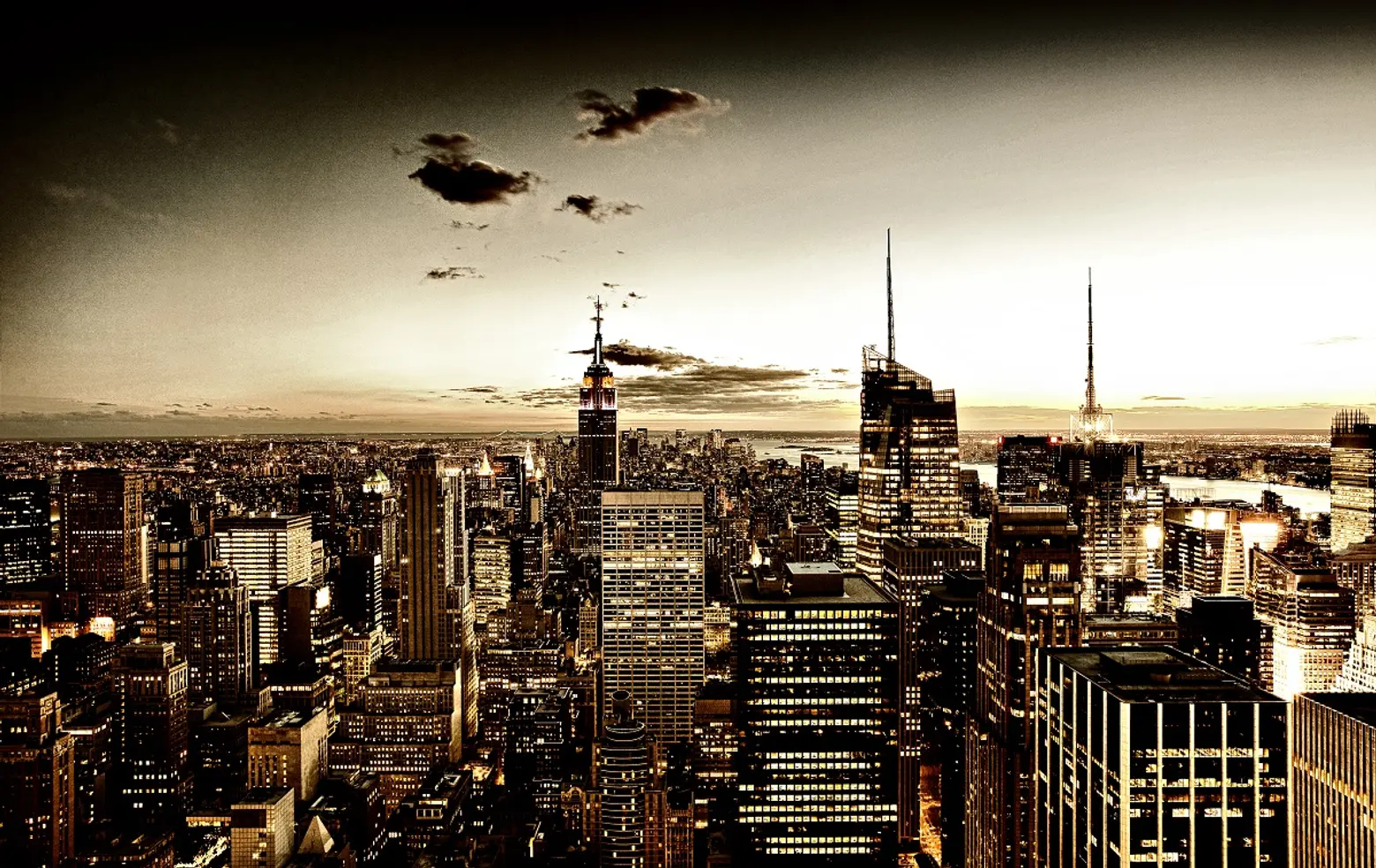
Do you have any upcoming projects you can fill us in on?
Andy: We are going to be the official photographer of One World Trade Center. When you go up to the edge of the window, instead of looking down you just automatically look out. It’s really amazing how they did it.
Wrapping things up, can you tell us what it means to you being able to capture the most important moments in people’s lives?
Brian: I think it’s why we love what we do. Part of it is being responsible for capturing all these great moments for so many great people. Photographs hold a lot of weight, and a lot of people value family photographs. We can take images that are timeless. To be able to work with clients who really appreciate and admire what we do, that’s a really cool job to have. I would like to think we do pretty well.
***
[This interview has been edited]
RELATED:
- New Yorker Spotlight: Meet the Human Behind The Dogist, Elias Weiss Friedman
- Two for the Price of One: Our Interview with Father/Son Broker Team Siim and Rudi Hanja
- New Yorker Spotlight: Danny Wasserman of Tip Top Shoes, a Mom & Pop Outfitting the UWS for More than 50 Years
- Iconic Rainbow Room Reopens with All Its Former Glitz and Glamour
